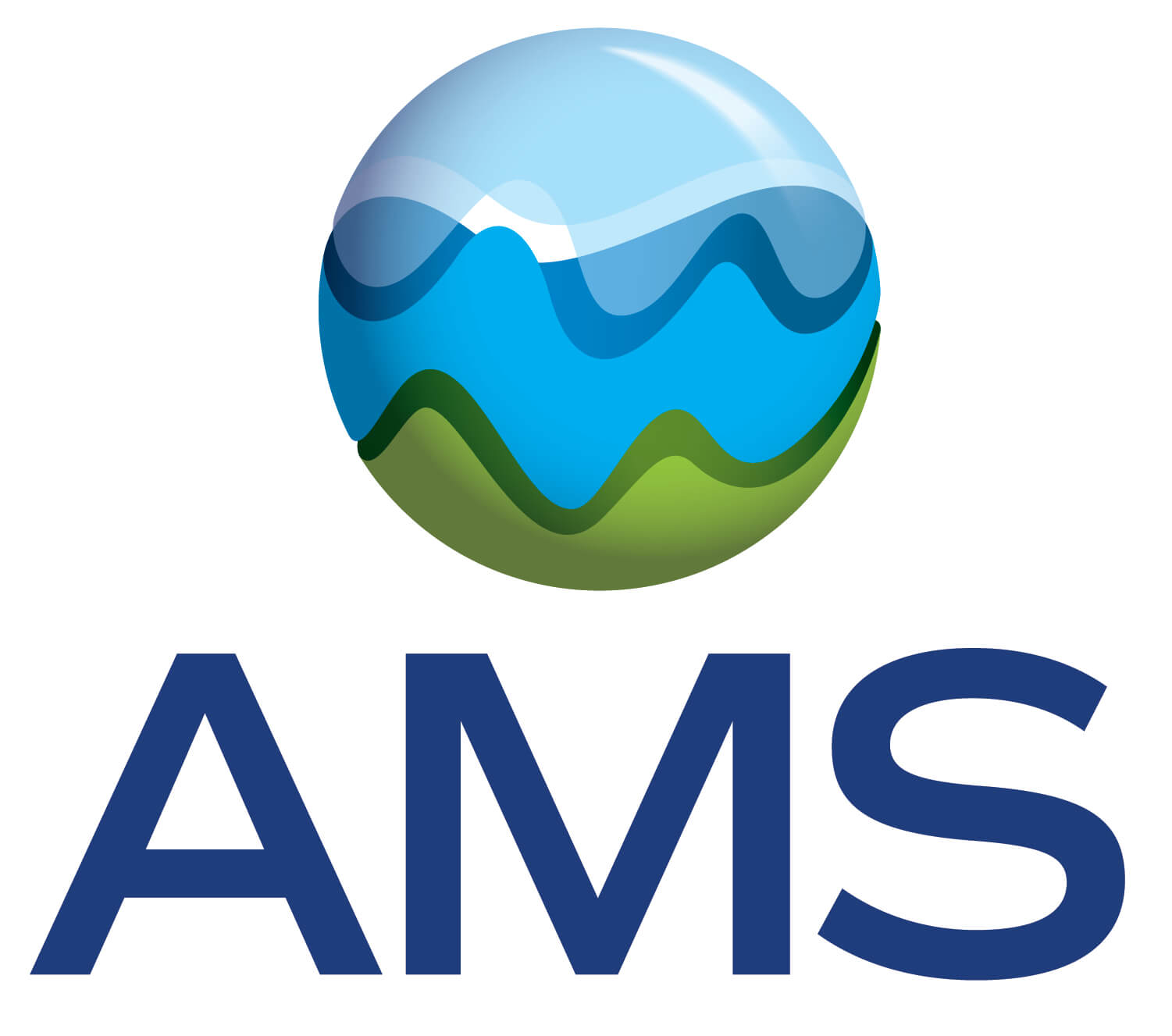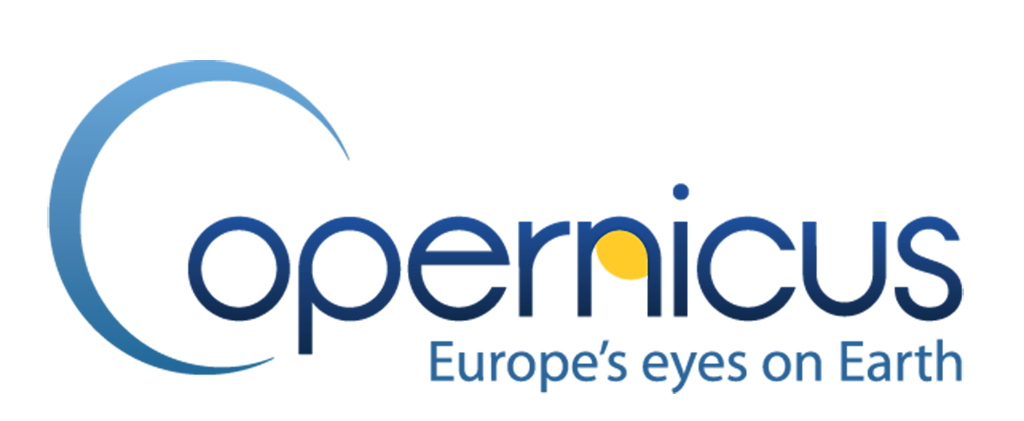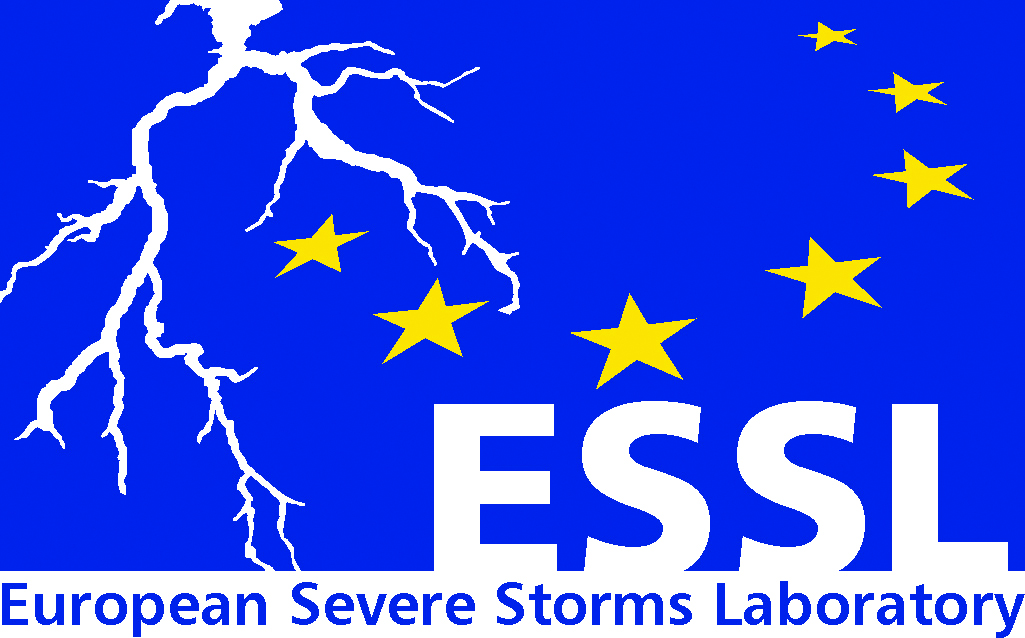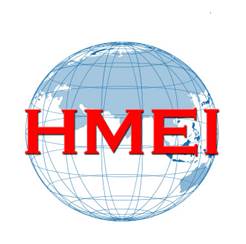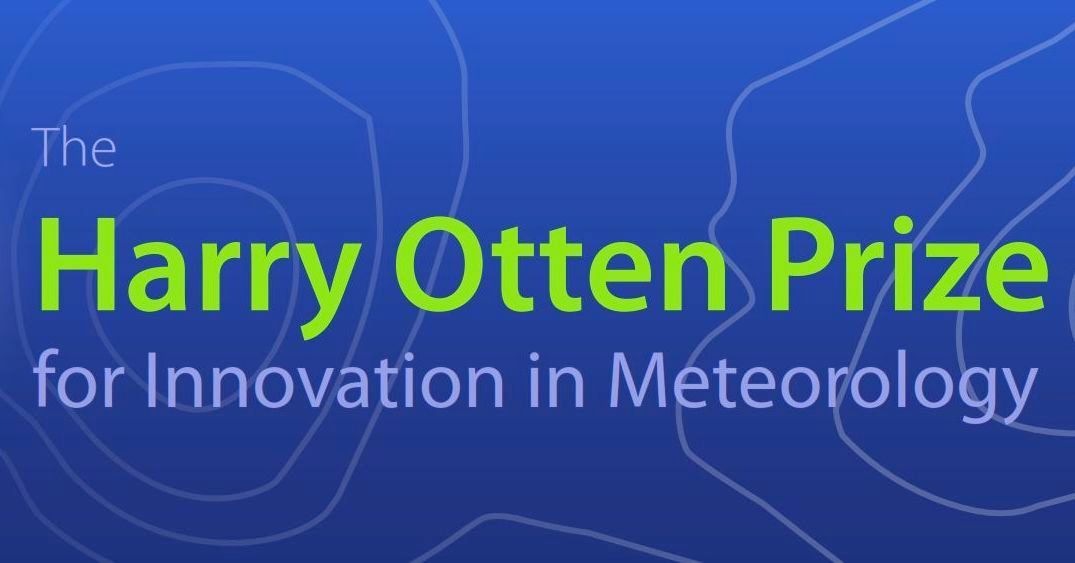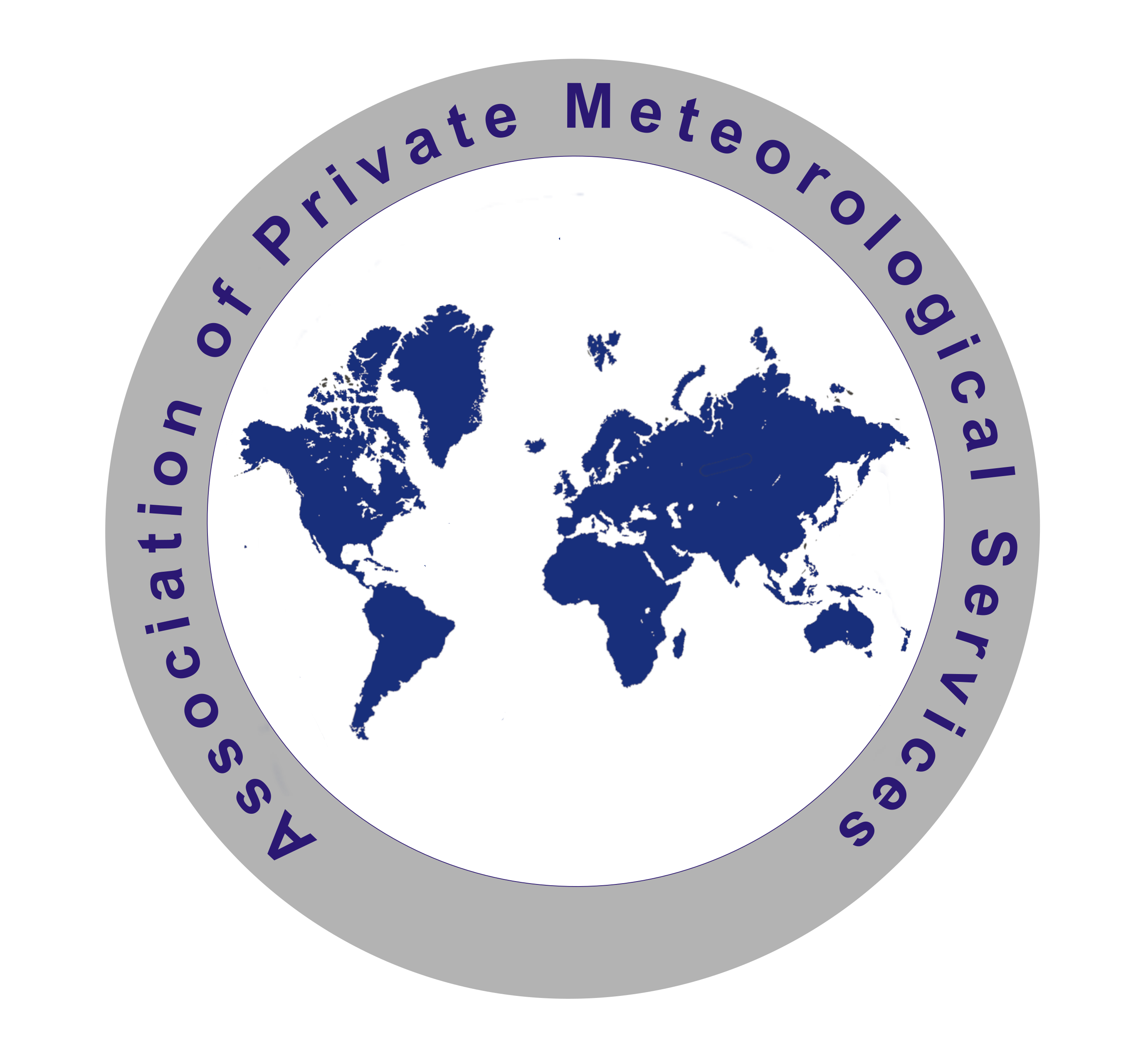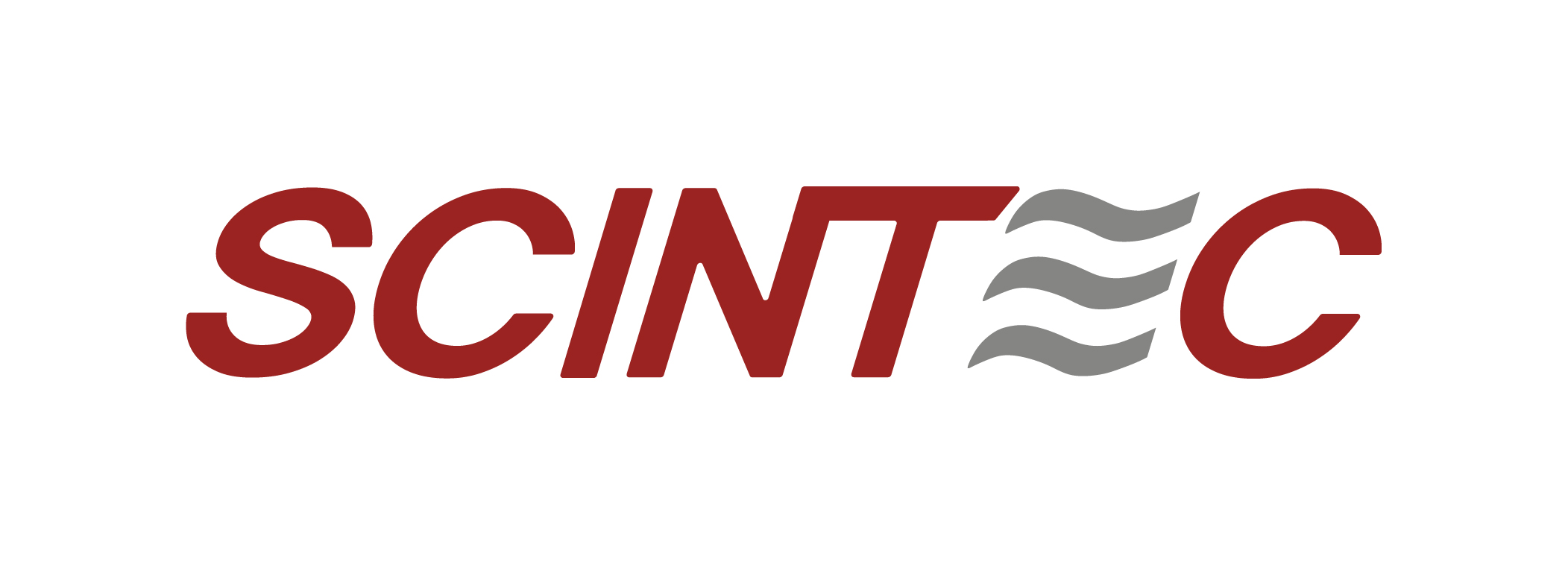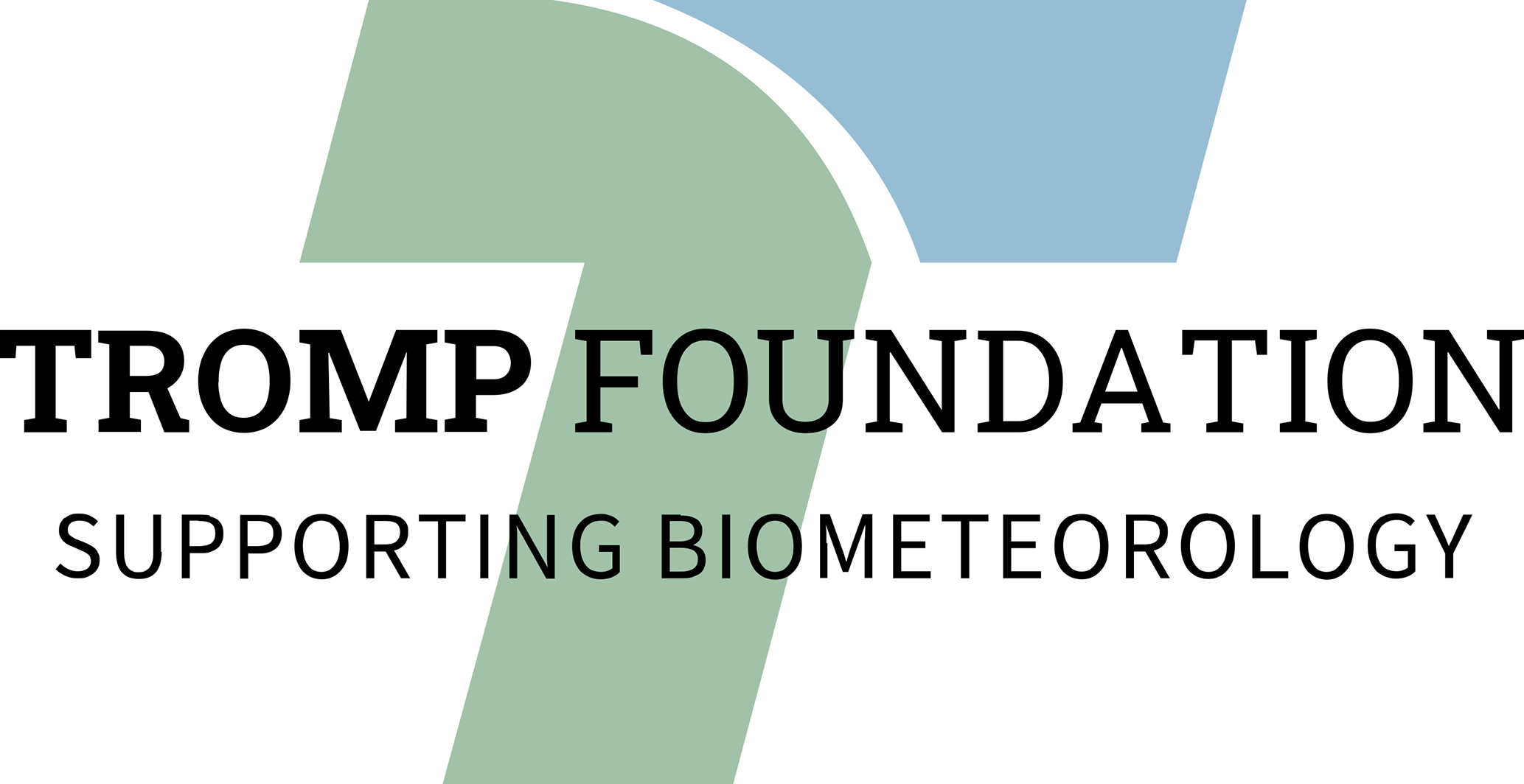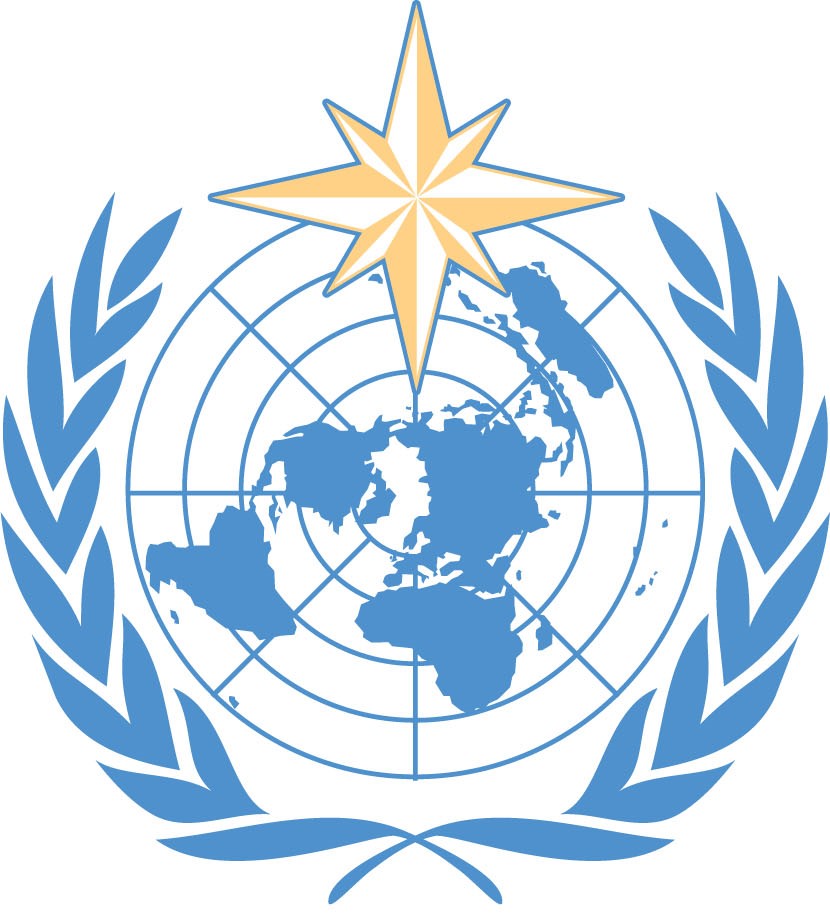Communication and media
• TV weather forecasts including video clips
• media and climate change issue
• use of social media to convey weather and climate information
• ways to present climatological information in an appealing way for the media and general public
• effective communication of science, scientific ideas and concepts, and research results
• warnings in case of severe weather events, role of different media in the warning system, a single voice concept
• internet as efficient and popular media in meteorology
• monthly meteorological bulletins and annals
• radio as a traditional media for delivering weather data and forecasts
• development of new communication strategies and use of social media
• tips on how to interact with users and journalists
• perception of provided information among users
• use of new technologies
• role of press officers within the National weather services
• role of science journals and publishers
• communicating uncertainty in seasonal forecast and climate projections
In this session we will present the three EMS Media Awards:
- At 13:00h the EMS Communicating Weather and Climate Award 2024 to Tomàs Molina
- At 14:45h the EMS Outreach & Communication Award to the project Enabling community leaders to communicate about climate change
- At 15:15h the EMS Journalistic Award to Emanuele Bompan
Session assets
11:00–11:15
|
EMS2024-20
|
Onsite presentation
12:00–12:15
|
EMS2024-1130
|
Onsite presentation
12:15–12:30
|
EMS2024-41
|
Onsite presentation
12:30–12:45
|
EMS2024-74
|
Onsite presentation
12:45–13:00
|
EMS2024-153
|
Onsite presentation
13:00–13:15
Communicating Weather & Climate Award - Tomàs Molina
Lunch break
Chairperson: Tanja Cegnar
14:00–14:15
|
EMS2024-211
|
Onsite presentation
14:30–14:45
|
EMS2024-447
|
Onsite presentation
14:45–15:00
Outreach & Communication Award - Royal Meteorological Society and British Antarctic Survey
15:00–15:15
|
EMS2024-500
|
Onsite presentation
15:15–15:30
Journalistic Award - Emanuele Bompan
Coffee break
Chairperson: Magdalena Mittermeier
16:15–16:30
|
EMS2024-659
|
Onsite presentation
16:30–16:45
|
EMS2024-773
|
Onsite presentation
16:45–17:00
|
EMS2024-1002
|
Onsite presentation
17:00–17:15
|
EMS2024-1033
|
Onsite presentation

